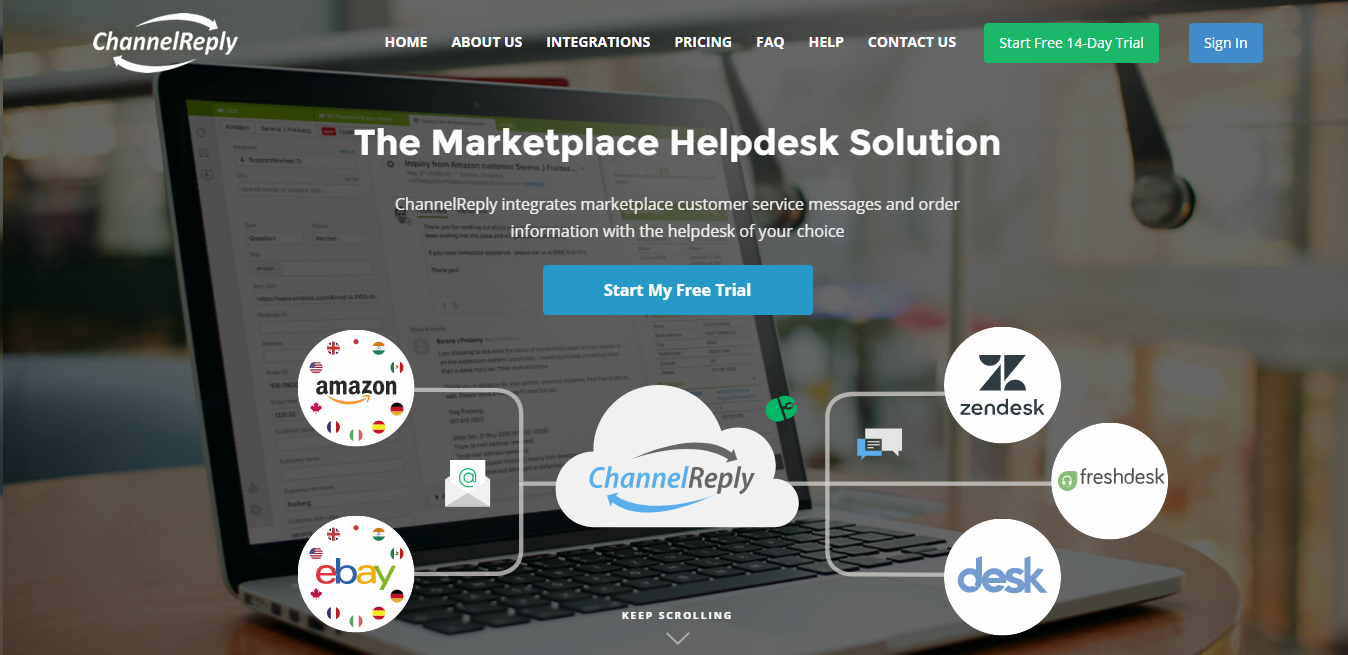
This guest post was written by Nathan Sharpe of Biznas.
Selling online has revolutionized the way small businesses generate revenue. Startup retailers don't need to rent a space to sell their wares. But without a physical store, you have to establish a respectable identity online. That means getting positive product reviews and a high seller rating.
Customers often judge sellers based on their seller rating. Most experienced customers first read any reviews on the product listing page, then check how many stars a particular seller has. If they see too many bad reviews, they are likely to skip that seller to look for a better, less risky option.
The Importance of Good Reviews
Good reviews help sellers earn the trust and business of online shoppers. In some cases, they can also help product pages rank higher in the SERPs (Search Engine Results Pages). Positive product reviews can also be used as marketing tools on online stores or even on various social media platforms.
How Not to Get Positive Reviews

Consumers have high expectations when buying products online. Online shoppers have set the benchmark for their satisfaction quite high due to their experiences buying from Amazon.
The e-commerce giant has indeed spoiled online shoppers by always providing excellent customer service. It is a challenge that startups must meet to be successful. Make it a point to avoid any of these five counterproductive practices.
1. Sell Low-Quality Products

Most online shoppers are easy to please. If they are able to purchase an item that solves their particular need and is made of high-quality materials, chances are they will be happy with their purchase.
The opposite is also very real. If a customer purchases a low-quality product that does not last long because of how cheaply it was manufactured, expect that customer to vent their frustrations. They are likely to write a nasty review.
That alone would be enough to damage the reputation of a seller. If the review was done on the Amazon platform, there are ways to remove feedback on Amazon.
Since third-party websites control reviews and comments, contacting the customer and resolving their concern is still the best course of action.
Some customers that are really upset with their purchase will vent on social media. That scenario can be even more detrimental to an online store.
To prevent this type of incident, make it a point to sell only top-quality products. Customers won't mind paying more if they get their money's worth.
2. Do Away with Product Inserts

Sellers that fail to include a product insert are missing out on an effective technique for preventing customer dissatisfaction. For the cost of a piece of paper and some ink, a business can proactively reach out to their customers to let each one know they care.
A product insert needs to be attractive enough that the customer does not want to throw it away once they open their package. Have the insert designed by a graphic artist, since that will be a representation of the company’s commitment to customer service.
The contents of the product insert should be as follows:
- Instructions on how to best use the product.
- Contact information for customer service.
- A request for the customer to review the product.
The product insert will compel the customer to contact the seller first if there are any issues. If the customer is satisfied, they will not feel the need to contact support at all. The best part is that the insert alone could be enough to get them to write a review.
3. Do Not Follow Up with the Customer

Customers want to be reassured about the purchase they just made. Sellers that fail to “hold the customer's hand” during this process will end up making the customer anxious. That unnecessary anxiety will make them feel uncomfortable while waiting for their order to arrive.
Marketplaces automatically send customers generic notification emails. Send the customer a personalized email letting them know how excited you are to get them their order and asking them to contact you with any concerns they may have.
While the customer waits for their order, sending them that personalized email will give more value to the customer. Provide the customer with useful guides or any additional information about the product they ordered.
One can also send an email once the product has been successfully delivered and proceed with asking for a review from the customers if indeed they are happy with their purchase.

In case the customer did not get the just-delivered email, send a follow-up email three days after the delivery date. That will give the customer enough time to use the product, which will make them more likely to write a review.
If they still don’t reply, send a final email asking if they have already reviewed the product and saying how excited the company is to hear from them. One can even provide a discount code to go towards their next purchase. Just be very careful about mentioning reviews and discounts in the same email. Most marketplaces, including Amazon, forbid sellers from offering compensation for reviews.
This technique provides assurance, adds value, requests a review and even entices the customer to make another purchase. Add this email follow-up process, use email autoresponders when automating your business to help build customer relationships.
4. Fail to Provide Value to the Customer

There are many ways a seller can bring more value to a customer. Giving a complimentary item that enhances the customer's experience is a great idea. It should be useful in combination with the product they purchased.
Customers appreciate little bonuses, and they are quick to recognize when they get a good deal. Providing customers with a complimentary item helps ensure customer satisfaction. Satisfied customers are more keen on writing good reviews.
5. Provide Lousy Customer Service

The quickest way to lose a customer for good is through lousy customer service. Some sellers make the mistake of concentrating only on sales and forget to enhance the customer’s after-sales experience.
It’s easy to ignore a customer who reaches out, but expect a nasty rant on the product listing page if you do. When customers contact you about their purchase, be it by phone or email, you need to reply promptly.
Get to the root of their concern and resolve it quickly and generously. If the customer wants a replacement item or even if they're going to return it for a refund, then process their request. It’s the best way to avoid a bad review, and who knows, the customer may decide to buy a different product soon.
Excellent customer service is a great way to boost good reviews. This, in turn, helps build trust and relationships with customers.
Delivering stellar support becomes easy if the right tools are in place. ChannelReply helps sellers by integrating their CRM with marketplaces like Amazon, eBay and Walmart. Their tools make providing excellent customer service a breeze.
Conclusion
Ruining the reputation of a startup e-commerce business is easy—just follow the five steps above. If you’re shooting to make your business a growing success story instead, do the opposite and generate great reviews today.





